In recent years automotive technology has developed at an incredible pace. With the onset of autonomous driving, safety and emissions advancements, a modern car is now fitted with a mind-boggling array of electronic and mechanical systems. With these new systems comes a plethora of new dashboard warning lights. The trouble is that when faced with information overload the tendency is often to zone out and ignore! Modern cars are now able to self-diagnose to a certain degree and will display important error messages and faults along with all kinds of other less critical information such as outside temperature. But do you know what all these dash warning lights mean and which ones are critical and which are not? From my time in the main dealer network, I've seen first-hand the results of ignoring critical dashboard warning lights, many of which turn into very expensive repairs, so a little bit of knowledge can go a long way and may even save you some money in the long run!
What is a dashboard warning light?
Dash lights are built into the display and/or gauge facia of the vehicle and are designed to alert you to issues with the various systems on your car. As a general rule of thumb, very basic cars would only show a small number of warning lights on startup while more expensive, luxury cars with more technology built into them tend to have more - often accompanied by an LCD display which can show even more warning displays along with descriptive text telling you what to do.
Why are the warning lights different colours?
Dashboard warning lights are colour coded to distinguish their level of importance. Typically green, amber and red are used.
- Red dashboard warning lights: As humans, we associate red with danger so when a light comes up on the dash which is bright red it means it's pretty serious. You need to stop the car as soon as it's safe and seek assistance. An example would be a low engine oil or coolant warning light.
- Amber dashboard warning lights: An amber warning light is not safety-critical but does mean that something is wrong and needs your attention as soon as possible. An example would be a DPF warning or blown bulb warning light
- Green dashboard warning lights: These are not really warning lights in the true sense of the word, they just signify something is on - like your headlights or cruise control for example.
Dash Warning lights that will fail an MOT/NCT
The UK MOT test now includes a ‘Malfunction Indicator Lamp’ check. The examiner is now required to visually check that warning lights for safety restraint systems, electronic stability control, tyre pressure monitoring systems and anti-lock braking systems are not permanently illuminated.
Common dashboard warning lights
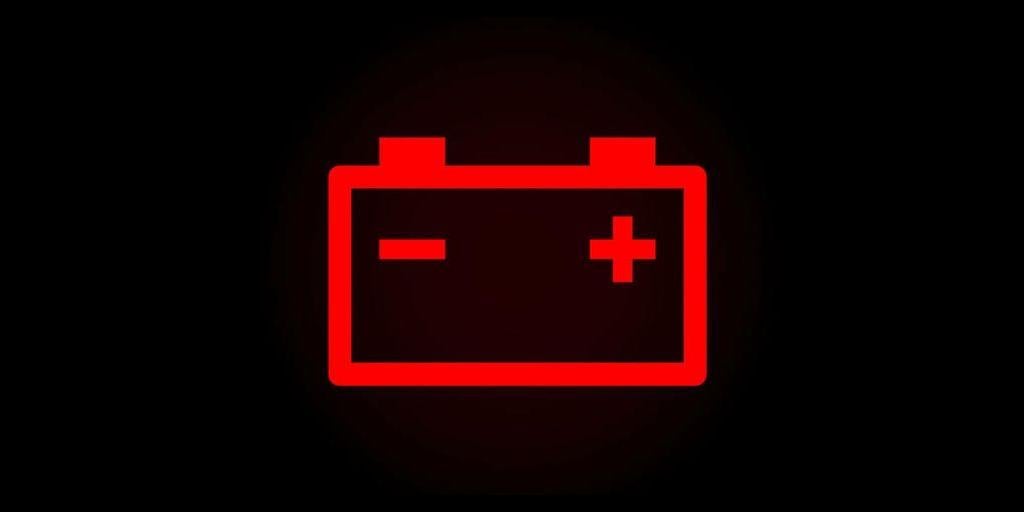 Yes, this looks like a battery but it doesn't mean you need to replace your battery, it relates to the vehicle's charging system, i.e your battery and alternator. If the alternator fails it cannot keep the battery charged, If you see this light it's not something that can be fixed on the roadside so pull over and call for help.
Yes, this looks like a battery but it doesn't mean you need to replace your battery, it relates to the vehicle's charging system, i.e your battery and alternator. If the alternator fails it cannot keep the battery charged, If you see this light it's not something that can be fixed on the roadside so pull over and call for help.  This looks like a buoy floating in the sea - yes I have had a phone call with someone explaining the light like this. What you have here is the coolant warning light. As the name suggests, coolant keeps your engine nice and cool but when it gets too hot you will see this light or symbol appear. You will also see this light if your coolant level drops too low. Some manufacturers such as Mazda replace the temperature gauge and use this symbol to indicate the engine is cold when blue, turns off when it's at operating temperature is reached and goes red when the engine is overheating. Sometimes it can be as simple as bleeding the coolant system and adding new coolant to your vehicle.
This looks like a buoy floating in the sea - yes I have had a phone call with someone explaining the light like this. What you have here is the coolant warning light. As the name suggests, coolant keeps your engine nice and cool but when it gets too hot you will see this light or symbol appear. You will also see this light if your coolant level drops too low. Some manufacturers such as Mazda replace the temperature gauge and use this symbol to indicate the engine is cold when blue, turns off when it's at operating temperature is reached and goes red when the engine is overheating. Sometimes it can be as simple as bleeding the coolant system and adding new coolant to your vehicle. 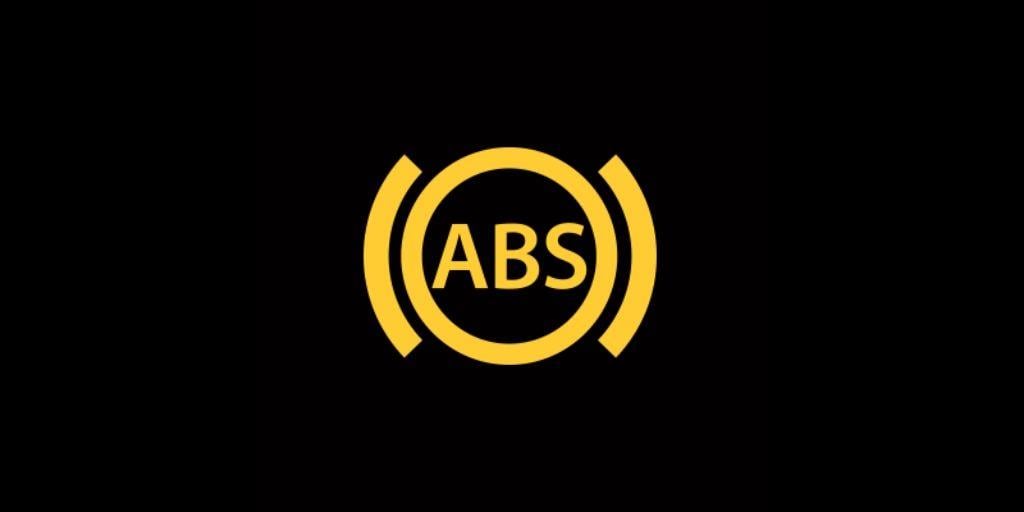 The ABS light. No, it doesn't mean you have a great set of ABS, it means that you have a problem with the Anti-Lock Braking System. This warning light can display for a number of braking system faults and to pinpoint the exact issue you may need to get the plugged in and have its fault codes read. Issues can range from a faulty sensor to the A.B.S pump needing replacement. On some vehicles, it's also a sign to say you need to replace your brake pads if they have a wear sensor installed. Your brakes may not function correctly if this light is showing and it needs immediate attention.
The ABS light. No, it doesn't mean you have a great set of ABS, it means that you have a problem with the Anti-Lock Braking System. This warning light can display for a number of braking system faults and to pinpoint the exact issue you may need to get the plugged in and have its fault codes read. Issues can range from a faulty sensor to the A.B.S pump needing replacement. On some vehicles, it's also a sign to say you need to replace your brake pads if they have a wear sensor installed. Your brakes may not function correctly if this light is showing and it needs immediate attention. 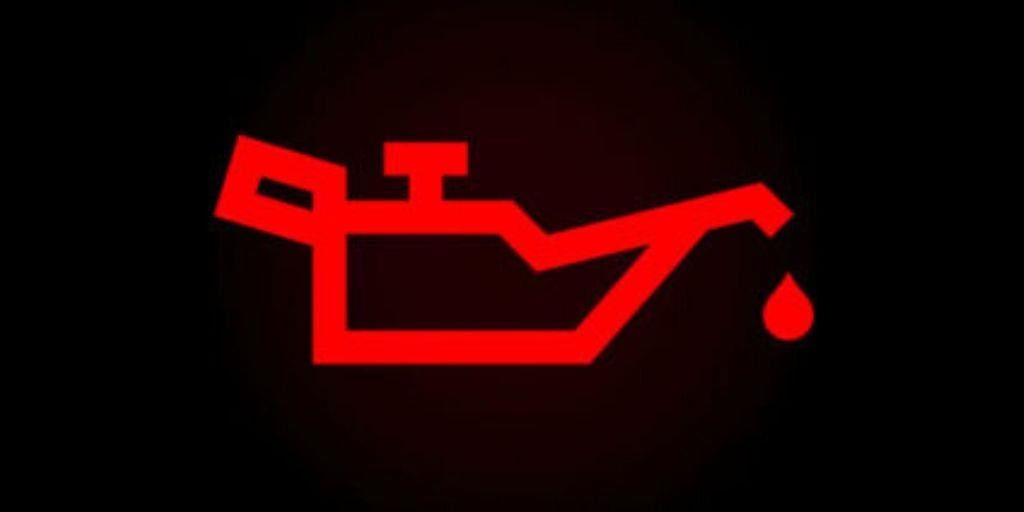 This little old skool oil can could be one of two things. either you need to top up with oil or that your oil pressure is low. If you see this light it can sometimes be too late and the damage is already done. If you run low on engine oil it will starve the engine of oil resulting in no lubrication and damaging the internals. The same applies if you lose oil pressure, it's much like your heart not pumping blood around the body. On your modern LCD display this symbol along with text saying low oil pressure or top up oil. You should stop when it is safe to do so, it's always good to carry a one litre bottle of oil in the car for times like this. It could be your get out of jail card.
This little old skool oil can could be one of two things. either you need to top up with oil or that your oil pressure is low. If you see this light it can sometimes be too late and the damage is already done. If you run low on engine oil it will starve the engine of oil resulting in no lubrication and damaging the internals. The same applies if you lose oil pressure, it's much like your heart not pumping blood around the body. On your modern LCD display this symbol along with text saying low oil pressure or top up oil. You should stop when it is safe to do so, it's always good to carry a one litre bottle of oil in the car for times like this. It could be your get out of jail card. 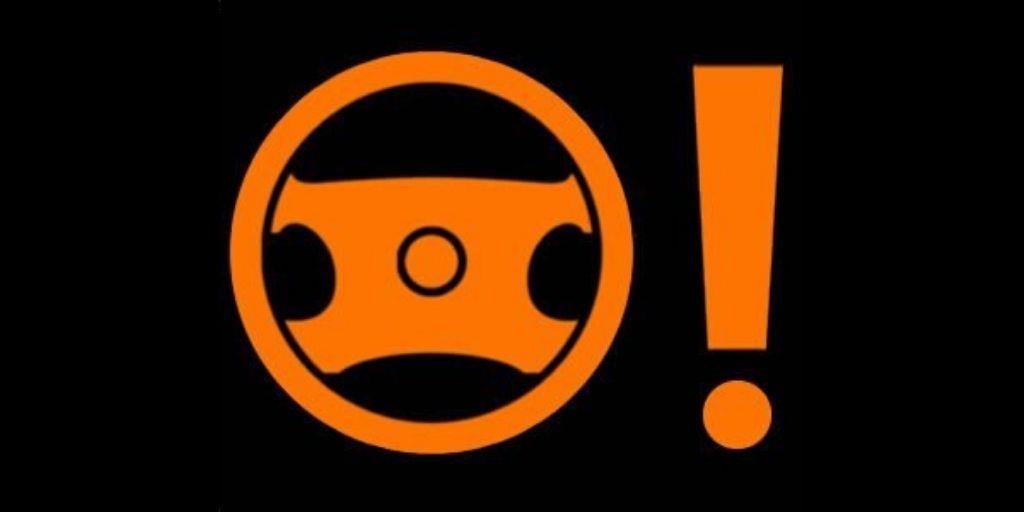 This light is for your power steering, this is common on vehicles which have electric power steering. When this light appears your steering might become very heavy which will make it extremely hard to turn and park. It's likely that this fault will need the computer to see exactly where the fault lies on the car.
This light is for your power steering, this is common on vehicles which have electric power steering. When this light appears your steering might become very heavy which will make it extremely hard to turn and park. It's likely that this fault will need the computer to see exactly where the fault lies on the car.  This is a relatively new one; the lane departure warning light, as the name suggests warns you (combined with an audible/vibration warning) that you've drifted out of your lane. Some systems will even take action for you if you don't correct the situation yourself.
This is a relatively new one; the lane departure warning light, as the name suggests warns you (combined with an audible/vibration warning) that you've drifted out of your lane. Some systems will even take action for you if you don't correct the situation yourself. 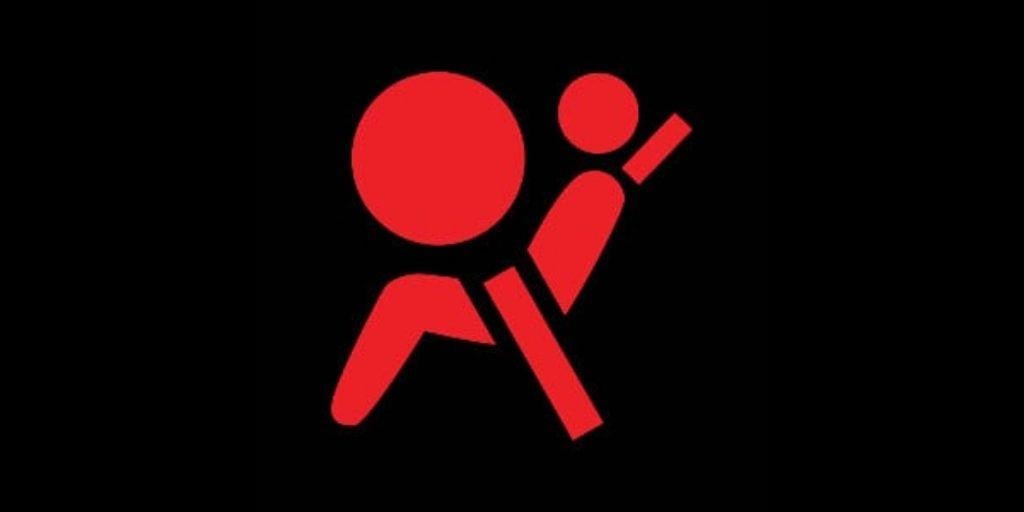 The airbag light; you can turn off your passenger airbag if you carry a baby seat in the front seat. This light will show to say the airbag system is disabled. If you have this light on your dash you have a problem with your airbag system. The problem is trying to pinpoint which airbag is giving trouble. It's not always the airbag itself but could also have to do with the wiring, often it's the ones in the seats that give trouble as they are continuously being moved. Again you'll need the computer to read the faults to pinpoint the issue. Obviously, this one is top of the list when it comes to safety so don't leave it too long to get fixed. Failure to do so will stop your airbags working when you really need them!
The airbag light; you can turn off your passenger airbag if you carry a baby seat in the front seat. This light will show to say the airbag system is disabled. If you have this light on your dash you have a problem with your airbag system. The problem is trying to pinpoint which airbag is giving trouble. It's not always the airbag itself but could also have to do with the wiring, often it's the ones in the seats that give trouble as they are continuously being moved. Again you'll need the computer to read the faults to pinpoint the issue. Obviously, this one is top of the list when it comes to safety so don't leave it too long to get fixed. Failure to do so will stop your airbags working when you really need them!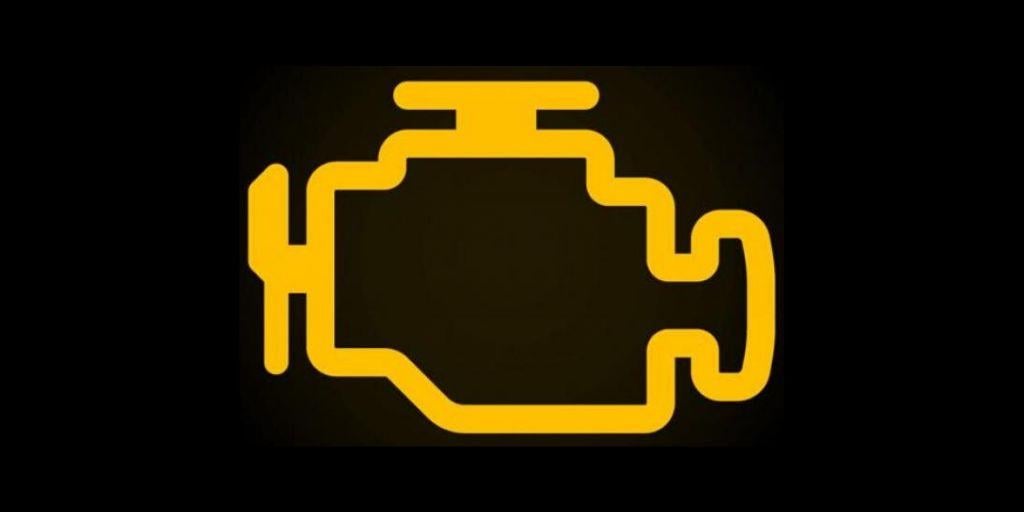 The 'check engine' light is one of the most commonly seen dashboard warning lamps as it lights up for any faults related to your ECU, engine or exhaust system. Depending on the issue, the car may still drive perfectly but you should get it diagnosed as soon as possible. Sometimes turning the car off and back on can reset the system and cause the light to turn off but don't be surprised to see the little booger again soon.
The 'check engine' light is one of the most commonly seen dashboard warning lamps as it lights up for any faults related to your ECU, engine or exhaust system. Depending on the issue, the car may still drive perfectly but you should get it diagnosed as soon as possible. Sometimes turning the car off and back on can reset the system and cause the light to turn off but don't be surprised to see the little booger again soon. 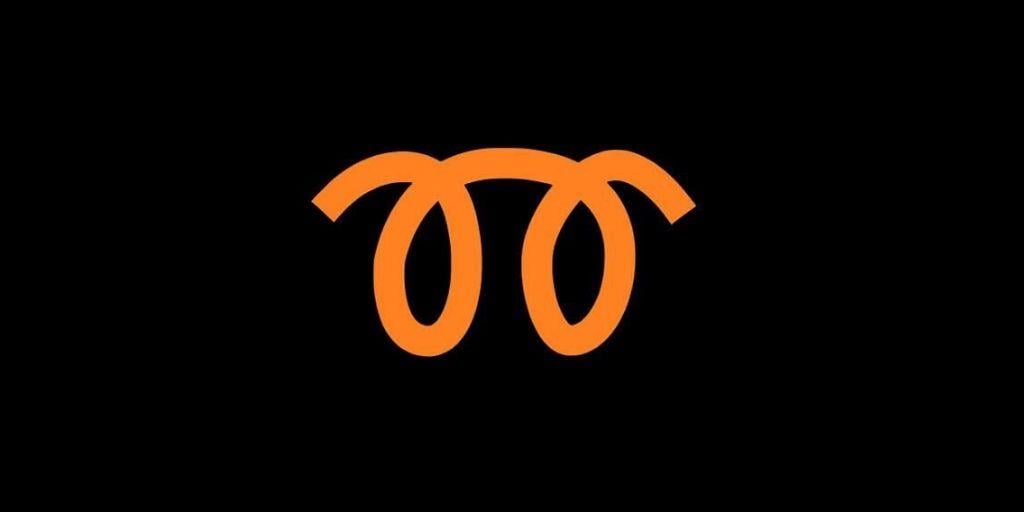 This light is often referred to as the curly pig tail light- which is close but not close enough. What we have here is the glow plug light which is found in a diesel car. You will see this light when you go to start your car (Diesel engine only). You should wait for this light to turn off before starting your vehicle. Sometimes this light will not turn off and the engine light may show also. Hard starting is also a sign that the glow plugs are faulty. What the glow plug does is preheat the fuel to help combustion of the diesel fuel. Most diesel engines are 4 cylinder and will have 4 glow plugs - Yeah, you guessed it, You're going to need a computer to read the faults and tell you which glow plug is acting up. Don't be surprised if you replace one glow plug and another goes shortly after, They do have a lifespan and as they are often replaced together they often fail together so it might make sense to just change them all at the same time.
This light is often referred to as the curly pig tail light- which is close but not close enough. What we have here is the glow plug light which is found in a diesel car. You will see this light when you go to start your car (Diesel engine only). You should wait for this light to turn off before starting your vehicle. Sometimes this light will not turn off and the engine light may show also. Hard starting is also a sign that the glow plugs are faulty. What the glow plug does is preheat the fuel to help combustion of the diesel fuel. Most diesel engines are 4 cylinder and will have 4 glow plugs - Yeah, you guessed it, You're going to need a computer to read the faults and tell you which glow plug is acting up. Don't be surprised if you replace one glow plug and another goes shortly after, They do have a lifespan and as they are often replaced together they often fail together so it might make sense to just change them all at the same time. _813455.png) The image itself is pretty straight forward but still causes a lot of confusion. This one means you need to top up your washer fluid so you can clean your windscreen. Make sure you add Screen Wash into the bottle when topping up.
The image itself is pretty straight forward but still causes a lot of confusion. This one means you need to top up your washer fluid so you can clean your windscreen. Make sure you add Screen Wash into the bottle when topping up.
 A flat tyre is what this is meant to look like and that's what this relates to. You'll only see this warning light if your car has a tyre pressure monitoring system. Sensors in your wheel, which when set correctly record any loss in pressure and display that loss as a warning on your dash. For example, if you set your tyre pressures at 32psi but the pressure drops to 29psi the car will warn you to stop you driving on a flat tyre which could potentially cause a blow-out These systems often cause havoc because owners do not reset the system after topping the tyres up with air. You need to do this to tell the car that you have put the correct psi in the tyre and to record this as the new psi.
A flat tyre is what this is meant to look like and that's what this relates to. You'll only see this warning light if your car has a tyre pressure monitoring system. Sensors in your wheel, which when set correctly record any loss in pressure and display that loss as a warning on your dash. For example, if you set your tyre pressures at 32psi but the pressure drops to 29psi the car will warn you to stop you driving on a flat tyre which could potentially cause a blow-out These systems often cause havoc because owners do not reset the system after topping the tyres up with air. You need to do this to tell the car that you have put the correct psi in the tyre and to record this as the new psi. 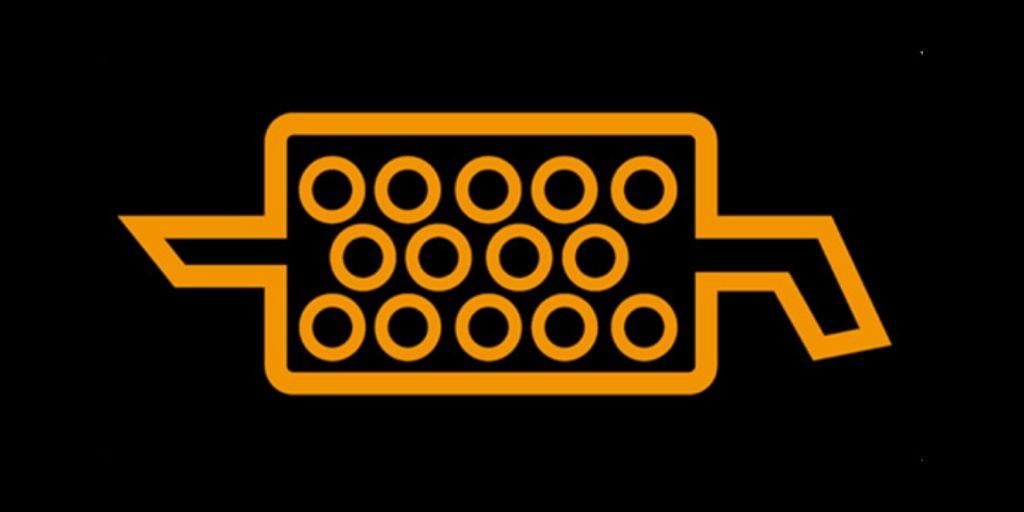 DPF warning light: This is one of the most commonly ignored warning lights and ironically, the one that can end up costing you the most money! The diesel particulate filter is part of the emissions control system and is an integral part of your exhaust system. Basically, the DPF is a soot trap and when it gets full it needs to burn off the soot to keep functioning correctly. This regeneration as it's known can only occur under certain driving circumstances, eg sustained high speed driving on the motorway. If you only drive around town and on short journeys, your DPF won't get the opportunity to regenerate and can quickly become clogged up. If ignored the DPF will become so clogged that it will stop the car running and will need to be replaced. Depending on the car, a DPF can cost well over a grand! There are fuel additives which you can pour in the fuel tank which raise the combustion temperatures and help the regeneration process take place. You can also get a range of preventative additives which promote regeneration and help to stop the light from coming on in the first place. So that wraps up most of the really common dashboard warning lights, there are of course dozens more that we haven't covered with new ones being released all the time. If there's anything obvious you think we've missed please let us know in the comments below.
DPF warning light: This is one of the most commonly ignored warning lights and ironically, the one that can end up costing you the most money! The diesel particulate filter is part of the emissions control system and is an integral part of your exhaust system. Basically, the DPF is a soot trap and when it gets full it needs to burn off the soot to keep functioning correctly. This regeneration as it's known can only occur under certain driving circumstances, eg sustained high speed driving on the motorway. If you only drive around town and on short journeys, your DPF won't get the opportunity to regenerate and can quickly become clogged up. If ignored the DPF will become so clogged that it will stop the car running and will need to be replaced. Depending on the car, a DPF can cost well over a grand! There are fuel additives which you can pour in the fuel tank which raise the combustion temperatures and help the regeneration process take place. You can also get a range of preventative additives which promote regeneration and help to stop the light from coming on in the first place. So that wraps up most of the really common dashboard warning lights, there are of course dozens more that we haven't covered with new ones being released all the time. If there's anything obvious you think we've missed please let us know in the comments below.